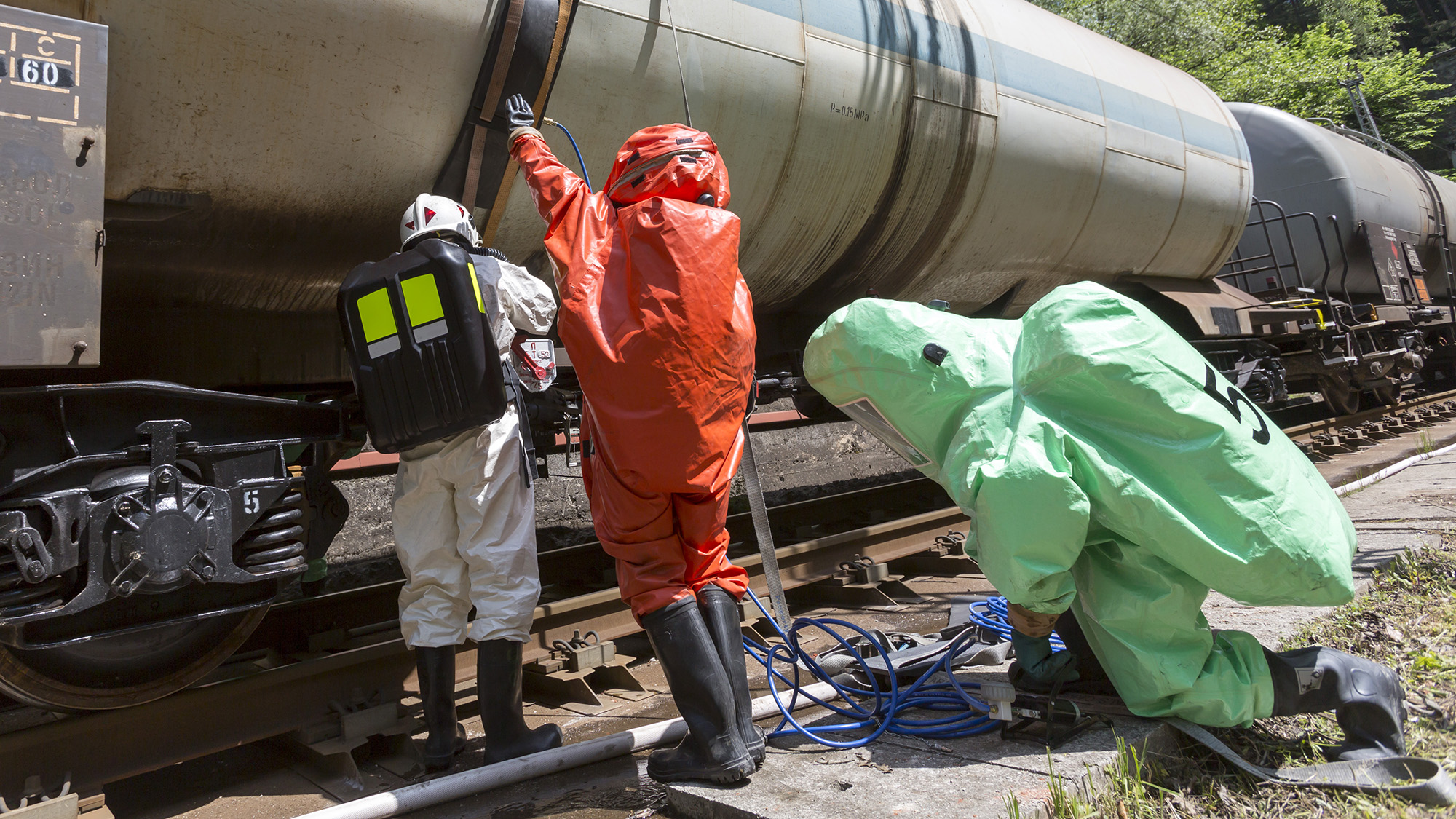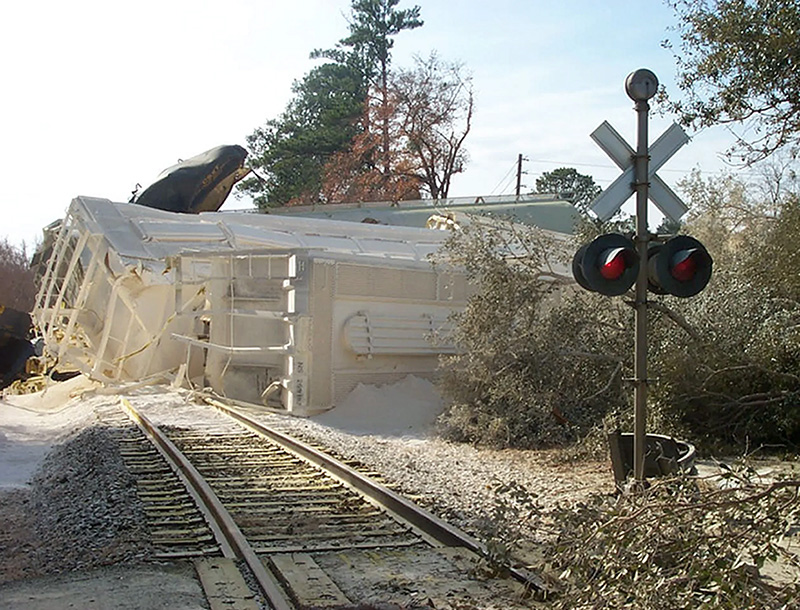Purpose
- After an environmental incident, state and local health departments can call ATSDR to request an ACE. ACE resources help assess exposure to harmful substances to protect people and communities.

What is involved in an ACE investigation
ATSDR's ACE team of experts can travel to an environmental emergency site. The team conducts an investigation, including interviewing people who may have been exposed to harmful chemicals. If a team is not needed, state and local health departments can use the ACE toolkit. Then they conduct their own investigation. The ACE team can provide remote technical support. ACE resources help state and local health departments:
- assess the public health emergency
- direct an immediate response
- identify who has been exposed
- determine the need for a long-term health effects follow-up
- access ATSDR's mapping, communications, risk assessors, and toxicologists
- liaise with other federal agencies
- modify state and local emergency response procedures
- target outreach to prevent similar, future incidents

Training
ACE training shows how to perform an epidemiologic assessment after a chemical incident. It also provides a toolkit.
ACE investigation examples
The ACE team worked with the state or local health agency on the investigations described below. ATSDR partnered with other public health and safety agencies, including the National Institute for Occupational Safety and Health (NIOSH). The inviting agency determined the goals of each investigation that involved the following components:
- Interviewing responders and owners/managers of facilities.
- Surveying exposed persons and staff at hospitals where patients were treated.
- Reviewing hospital charts for patients treated for chemical exposure.
Publications
2023: Assessment of chemical exposures (ACE) program: Toolkit advances and recent investigations
2016: Toolkit for Epidemiologic Response to an Acute Chemical Release
2014: Assessment of Chemical Investigations After Large-Scale Chemical Releases

